Clean Transportation
ERG supports clean transportation at all levels of government in the U.S. and abroad. We help agencies ensure that engines and vehicles in use now are as clean as possible, while also supporting the transition to use of 21st century, low-carbon transportation technologies. At ports, airports, rail yards, construction sites, and on roads, our multidisciplinary transportation experts monitor and reduce emissions; plan and implement fleet electrification; calculate and model life cycles and cost-benefits of alternative fuels and technologies; and galvanize stakeholders to improve air quality and reduce environmental impacts from transportation.
Vehicle Electrification, Supply Equipment, and Alternative Fuels
- Market research on future vehicle models
- EVSE installation support
- Renewable (e.g., solar) charging options, batteries
- Biofuel deployment and life-cycle analysis
- Analysis of renewable diesel availability and benefits
- Emissions reduction analysis for electric vehicles
- Total cost of ownership analysis
Real-World Characterization of On- and Non-Road Sources and Activity
- Telematics data analysis (in collaboration with GeoTab, StreetLight, Verizon, and others)
- Portable emission measurement and activity monitoring system instrumentation and analysis
- Remote sensing device data collection
- Statistical analysis of activity and emissions data
- Fleet operations and equipment activity surveys
- Marine Automatic Identification System analysis
- Matching vessels and aircraft to their engine and operating characteristics
- Application of geographic information systems data
Comprehensive Emission Inventories
- Criteria pollutants, particulate matter, toxics, black carbon
- National Emissions Inventory, State Implementation Plan/Transportation Conformity analysis
- Light- and heavy-duty on-road vehicles and nonroad equipment (e.g., construction, agricultural)
- Aircraft/airports, locomotives, and marine vessels and port equipment
- Trend forecasting
- Measurement and analysis of brake and tire particulate matter emissions
Economic and Regulatory Support for Transportation Initiatives
- Valuation of non-market benefits (e.g., social cost of carbon and public health benefits from reduced criteria pollutants)
- Evaluation of control and compliance programs
- Evaluation of ability to pay for non-compliance with federal and state regulations
- Assessment of rate of return for environmental service fees
Diesel Emissions Reductions
- Heavy-duty onroad emission testing and inspection/maintenance
- Diesel Emissions Quantifier development and application for DERA
- Green freight and other voluntary program strategies
- Stakeholder engagement on funding of diesel emissions reduction strategies
- Nonroad controls/technology strategies
- Fleet-specific surveys and control evaluations
- Specialized emission factors and modeling
Emissions Modeling
- MOVES/EMFAC development and applications
- NONROAD/OFFROAD modeling
- Spatial Emissions Estimator link-level emissions modeling utility
- Freight shipper/carrier emission footprint and benchmarking tools
- Development of region-specific railroad emissions models
- FAA Aviation Environmental Design Tool
- EPA Commercial Marine Vessel Model
- DOE Argonne Laboratory’s GREET Model
Evaluating Control Strategies
- Remote Sensing Device program effectiveness
- Engine modification and retrofit effectiveness
- Advanced fuel efficiency technologies
- Analysis of new and proposed emission and fuel economy standards
- Tools to estimate rail yard emission reductions
Transportation Air Quality Impacts and Mitigation Strategies
- Tools and resources for using urban green infrastructure to mitigate air pollution and environmental impacts
- Mobile and stationary measurements to evaluate near-road air quality impacts
- Laboratory and real-world measurement and evaluation of regulated and unregulated air contaminants from brake and tire wear
- Methods for assessing local-scale benefits from transportation mitigation strategies
Projects

Developing Community Resources for Building Transportation Systems Resilience to Extreme Weather Events
National Cooperative Highway Research Program

New Mexico Clean Vehicle and Clean Transportation Fuel Regulations
New Mexico Environment Department
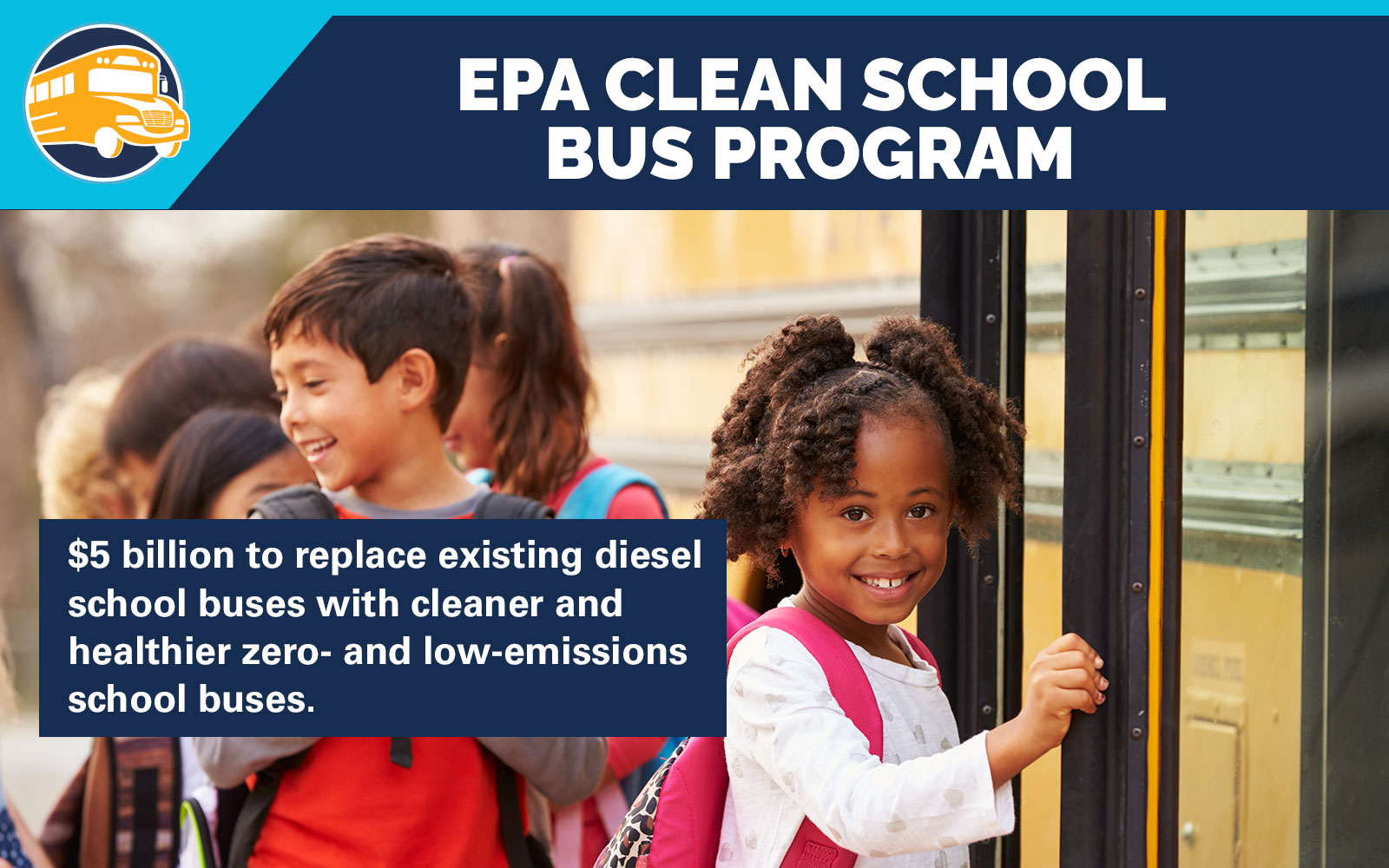
Support to EPA’s Clean School Bus Program
U.S. Environmental Protection Agency
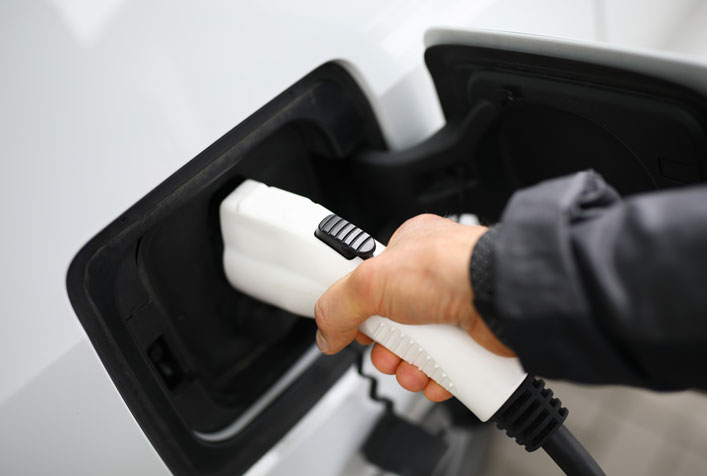
Support for the Massachusetts Electric Vehicle Incentive Program
Massachusetts Department of Environmental Protection

Full-Spectrum Grant Administration Support for the MassCleanDiesel Program
Massachusetts Department of Environmental Protection

Texas Inspection and Maintenance Fee Survey
Texas Commission on Environmental Quality

Modeling Electric Transportation and Other Sustainability Solutions for the State of Maine
Maine Governor’s Office for Policy Innovation and the Future
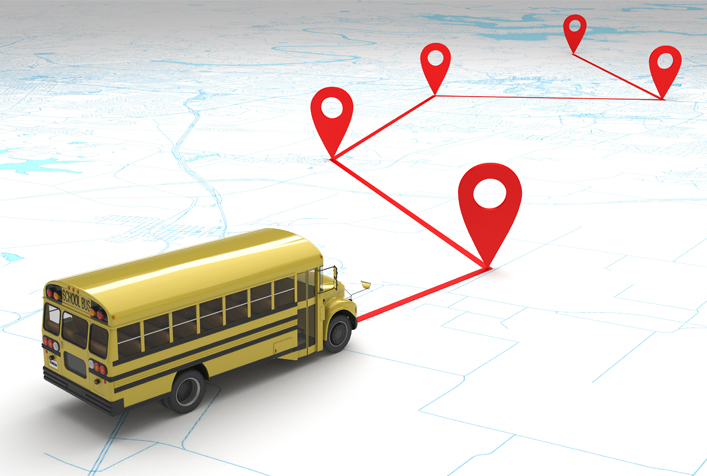
School Bus Electrification Roadmap and Guidebook for New York State
New York State Energy Research and Development Authority
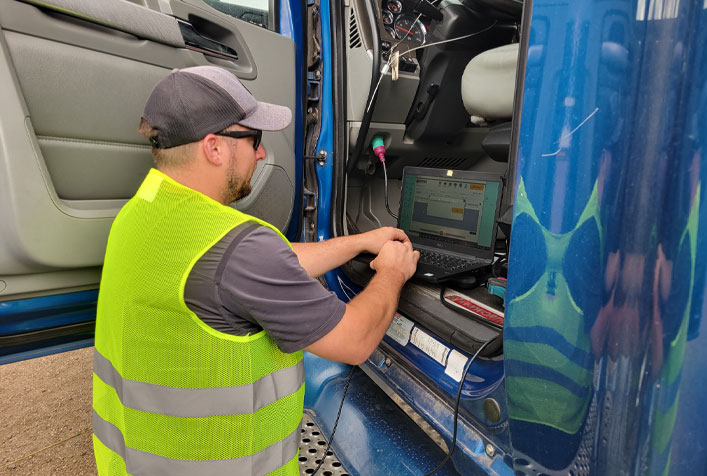
Using On-Board Diagnostic Data to Model Heavy-Duty Vehicle Emissions
California Air Resources Board

Increasing Community Access to New York’s Groundbreaking Clean Transportation Prizes Program
New York State Energy Research and Development Authority

Yuma County Traffic Study
U.S. Environmental Protection Agency

Innovative Brake and Tire Emissions Research
California Air Resources Board

Assisting Massachusetts with Electric School Bus Deployment
Massachusetts Clean Energy Center

Emissions Inventory Support to Help Characterize Mexican Sources Affecting Imperial County Air Quality
California Air Resources Board
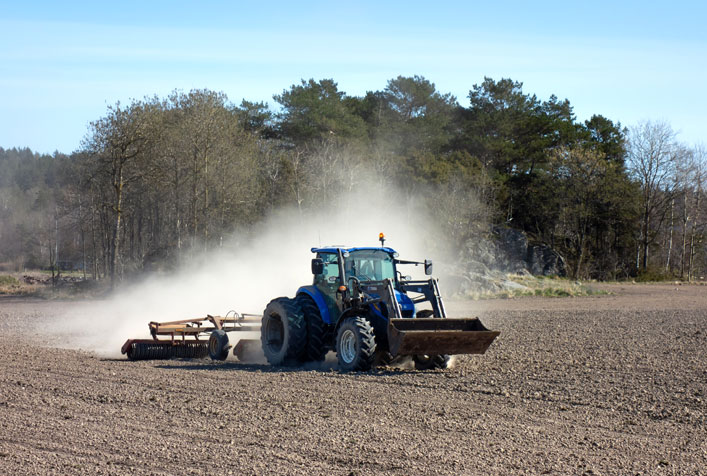
Statewide Nonroad Diesel Equipment Emissions Inventory
Oregon Department of Environmental Quality
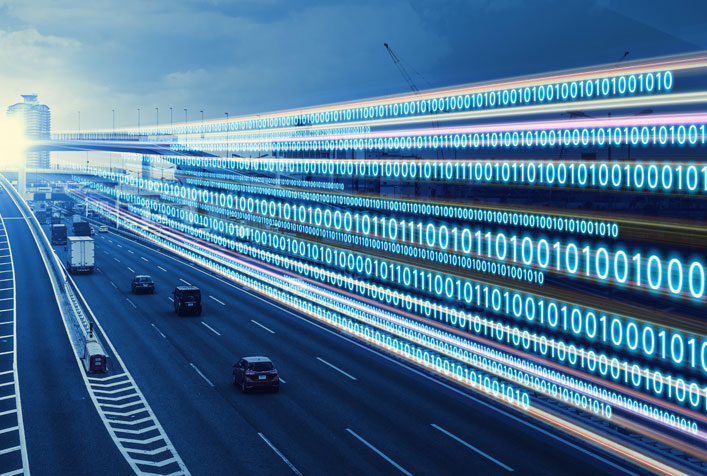
Harnessing Telematics Data to Improve Environmental Decision-Making
Coordinating Research Council
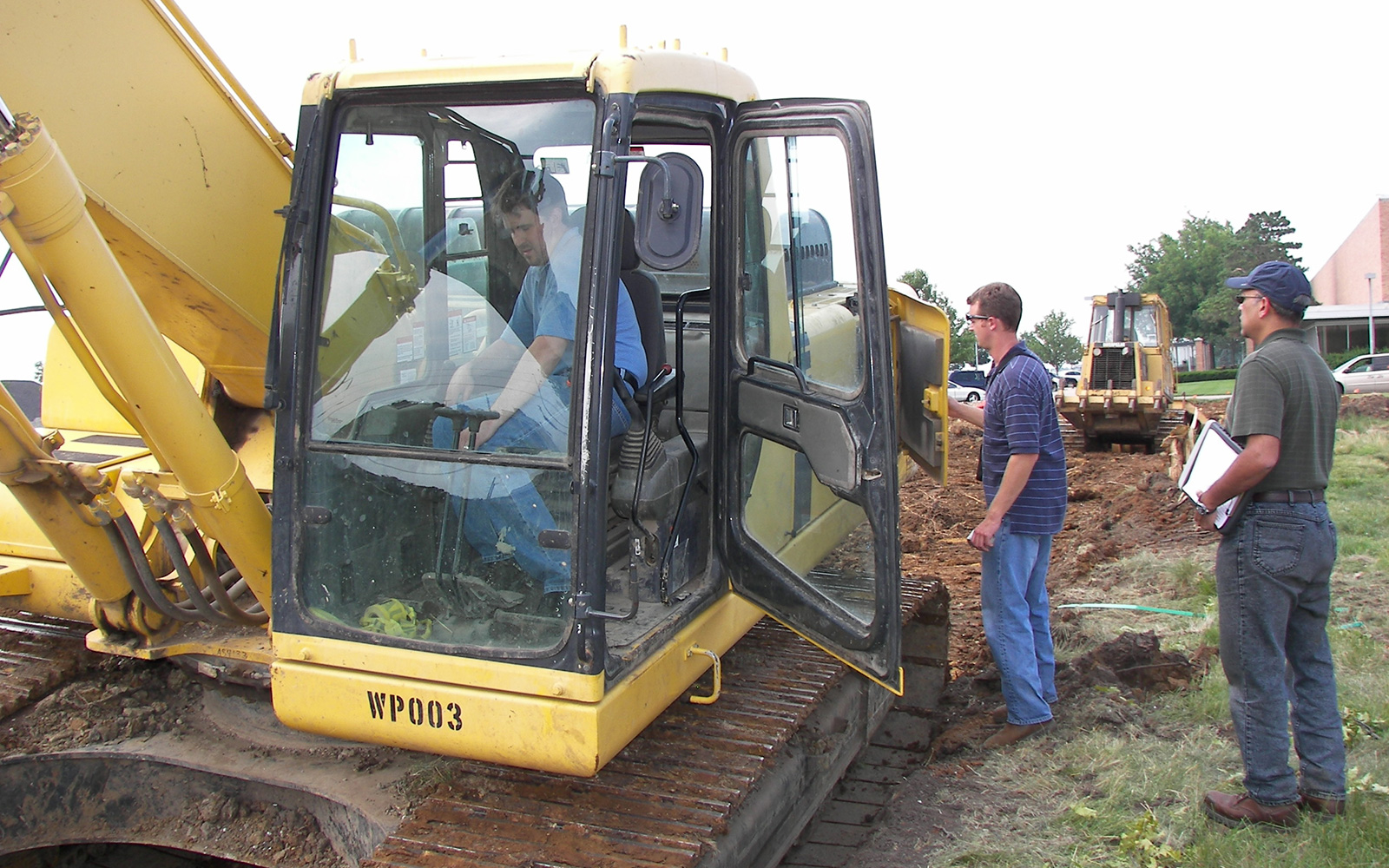
Bringing Real-World Vehicle Emissions Data into Emissions Models for Cleaner Air
U.S. Environmental Protection Agency
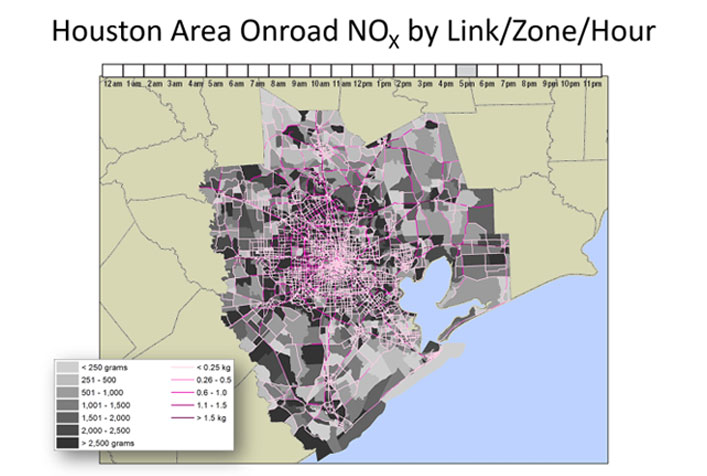
Development of an Innovative Tool to Help Regional Air Quality Districts Model On-Road Emissions
Houston-Galveston Area Council
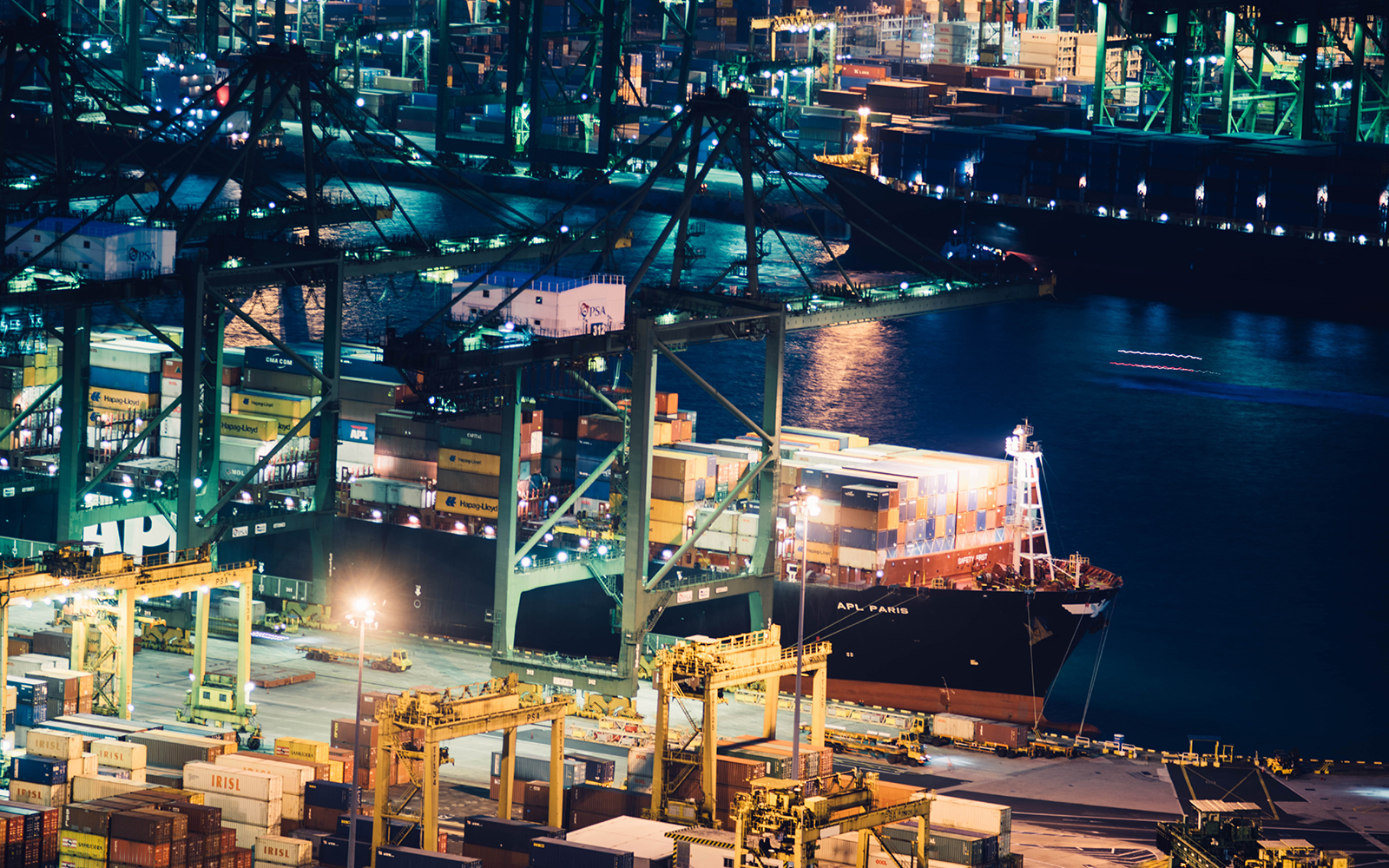
Decarbonizing Port Operations via Shore Power
Friends of the Earth
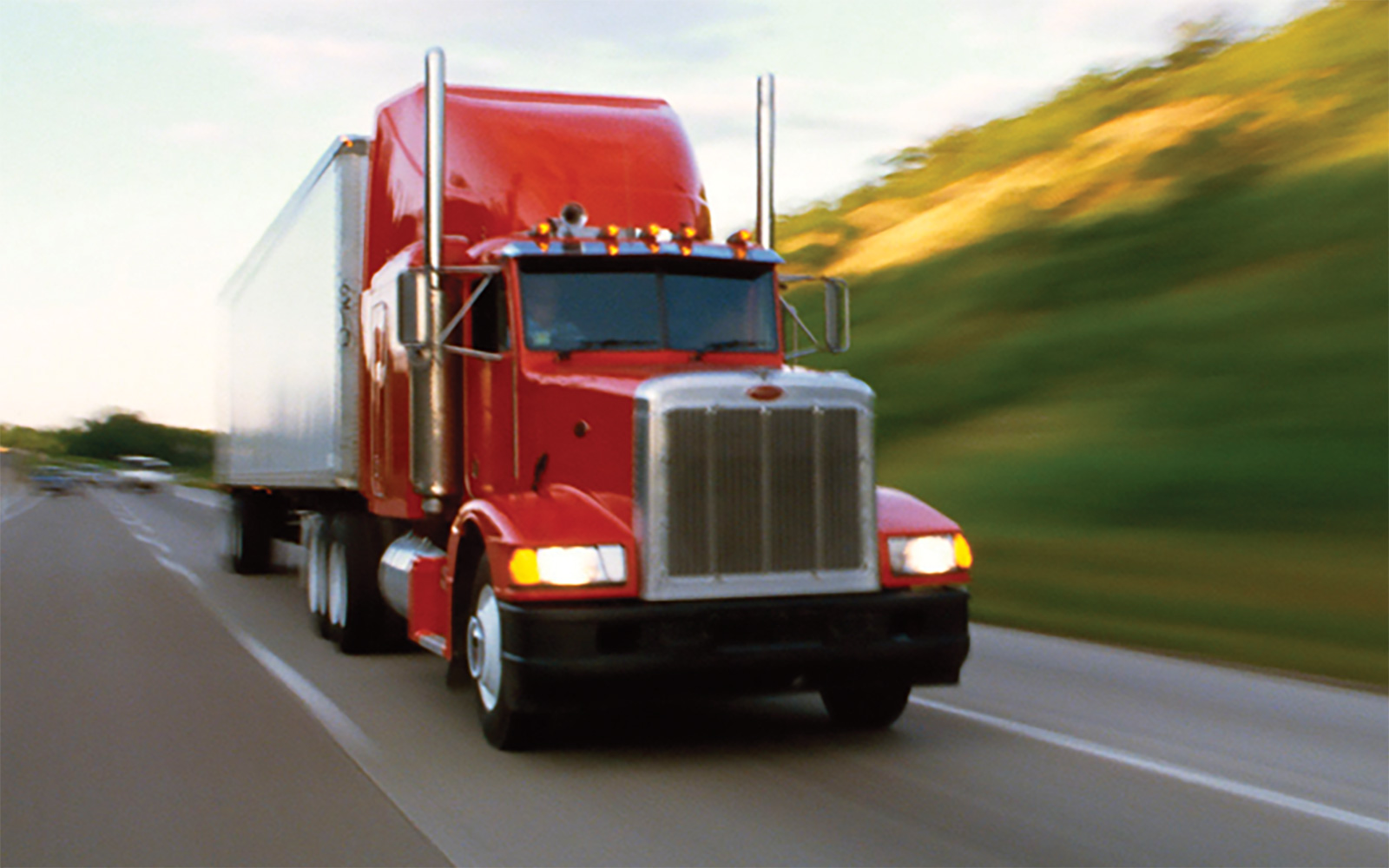
Helping Green Freight Programs Succeed at Home and Abroad
International Council on Clean Transportation, Natural Resources Canada, U.S. Environmental Protection Agency
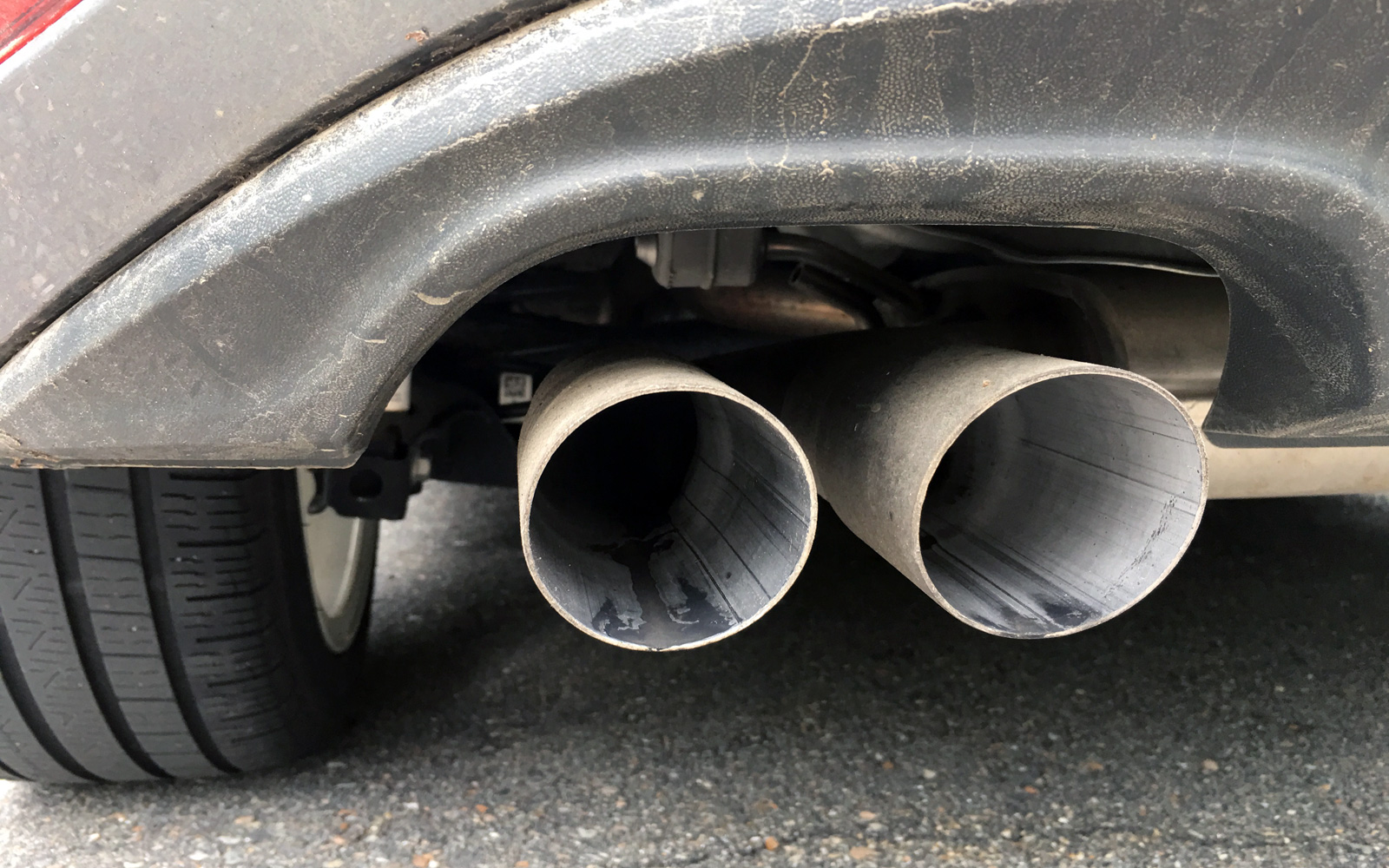
ERG Supports Clean Air Act Settlements
U.S. Environmental Protection Agency
Service Area Leads

My lived experience growing up in a rural community showed me the importance of engaging disparate voices in developing sustainable solutions to address our most pressing environmental challenges. Now, as an environmental engineer and policy analyst, I am grateful that I can apply my experience to support a broad range of meaningful work, including advancing a circular economy, supporting clean energy solutions, and community engagement.
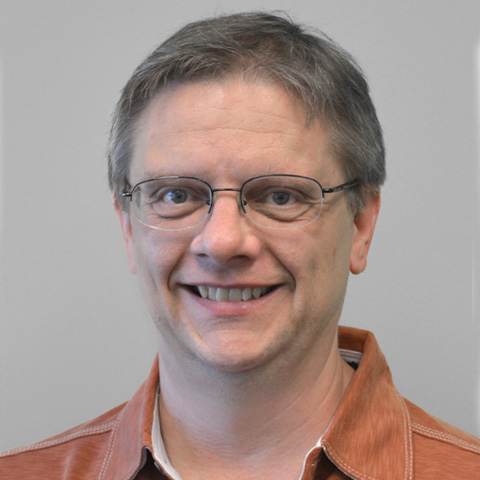
The environmental issues we face today are complex and multi-faceted. Reducing emissions of greenhouse gases, ozone precursors, particulates, and other pollutants involves careful application of a variety of skill sets. Working at ERG allows me to collaborate with a wide range of national experts in environmental science, engineering, statistics, economic and policy analysis, IT, and communications to develop integrative solutions to these problems. The work challenges me to continually expand my abilities and my perspective.
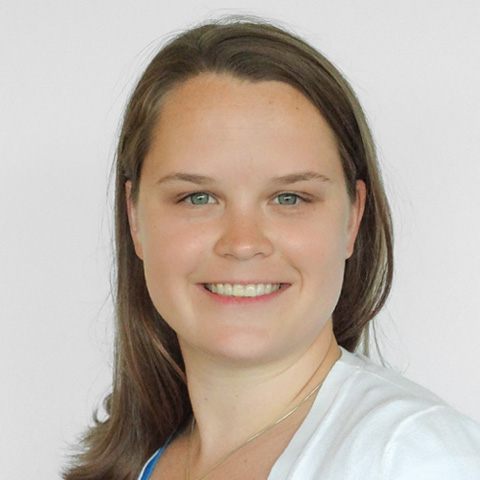
Increasingly, organizations are applying life cycle assessment to learn how they can most effectively reduce the environmental footprint of their products and processes. I take great pride in contributing to techniques and open-source databases that help move the science of LCA forward and facilitate access to more robust, current, and regionalized public life cycle inventory data.
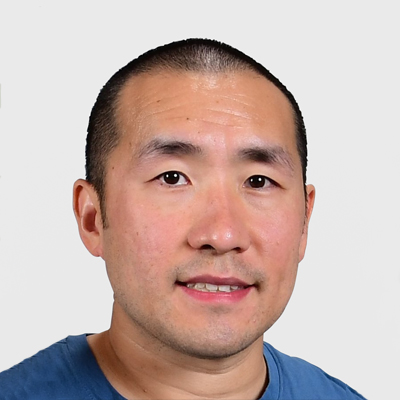
Happily, I’m able to say that the work I do helps the environment and people and not the other way around.
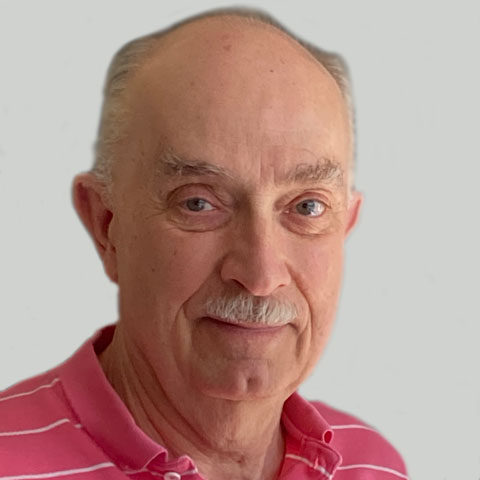
Every day is a beautiful day. And if I learn something new—whether it’s about machine learning, vehicle aerodynamics, signal processing, infrared spectroscopy, or how helpful my buddies are—that day is even more beautiful.
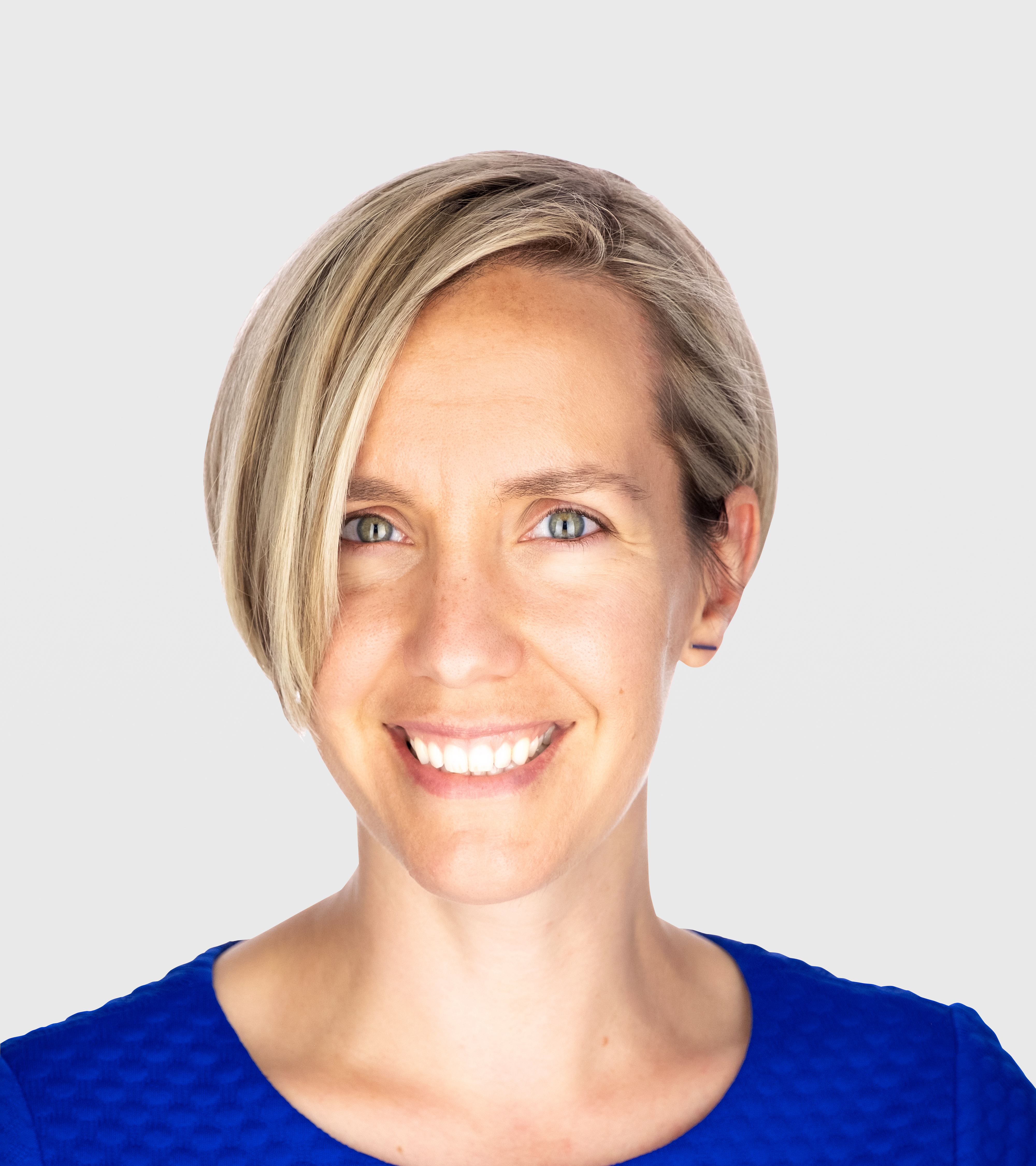
'Some old-fashioned things like fresh air and sunshine are hard to beat,’ Laura Ingalls Wilder once wrote. I couldn’t agree more, which is why I’ve dedicated my career to reducing air pollution.
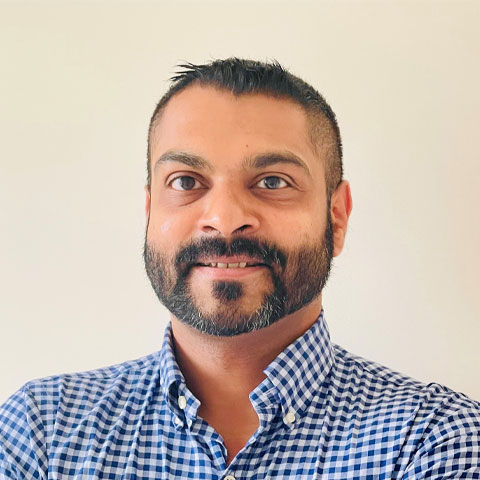
Building meaningful relationships with clients, co-workers, stakeholders, and the community is key to the success of every project. Over my years of supporting the U.S. Environmental Protection Agency’s mission as a contractor, I have been fortunate to learn from some of the best and brightest researchers. I look forward to continuing to use my experience and engineering skills in developing innovative solutions to environmental problems in the United States and around the world.

My parents’ professions exposed me to a career in environmental consulting at an early age. I am proud to follow in their general career paths and help implement air quality improvements through clean transportation technologies and policy.

Born and raised near the “Motor City,” I’m proud to support the transition to a cleaner, smarter transportation future. Over the course of my career, I’ve seen firsthand the power of collaboration, innovation, and smart policy to drive meaningful progress. From mobilizing corporate leadership on fleet electrification to helping shape the rollout of a national EV charging infrastructure network, I’m committed to building vehicle decarbonization solutions that not only are sustainable, scalable, and equitable, but also get the job done.
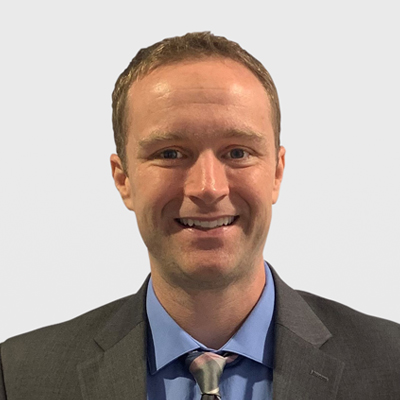
As an economist, I have come to appreciate that the qualitative context—including co-benefits, benefits distribution, environmental and health impacts, and social and political obstacles—can be as essential to decision-making as the numerical outputs. I enjoy working holistically with my government and community clients to determine how best to meet their needs and communicate the results.
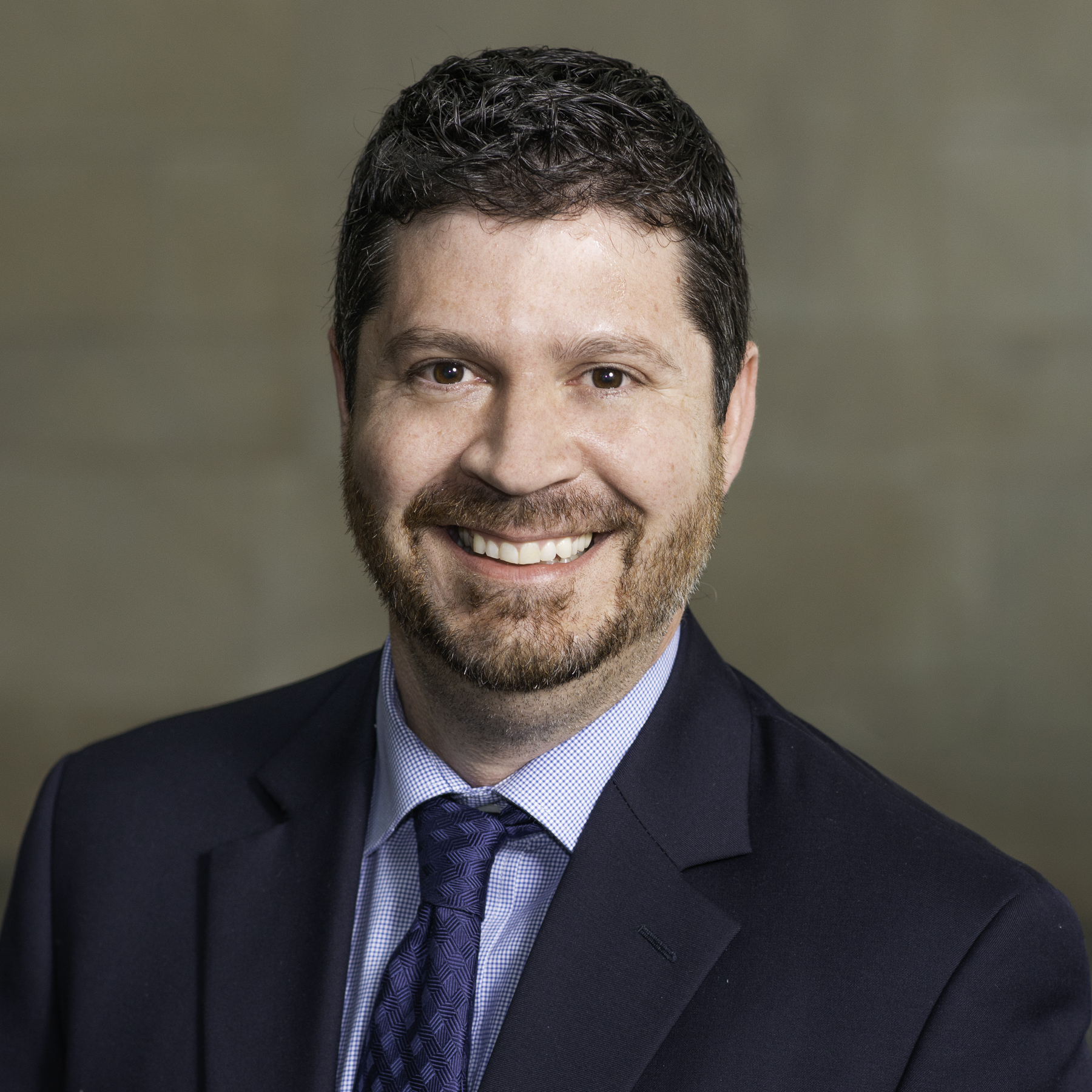
At ERG, I thrive on learning something new, meeting someone interesting, and contributing solutions that reduce the impacts of transportation on the environment. Whether working in the local, state, federal, or international arena, I enjoy collaborating across and beyond ERG to find creative ways to communicate information, engage audiences, and engineer solutions in service of our clients and their goals.

I have dedicated my career to reducing the energy and emission footprint of vehicle travel, a major source of air pollution worldwide. Thanks to inspiration from great mentors and clients, I had the opportunity to build and manage what has become a world-class team of mobile sources experts who relish the challenge of tackling complex problems. Disadvantaged communities experience a disproportional impact from vehicle-related air pollution, and I am gratified beyond measure that our work has helped improve air quality, not only across the United States but also in other countries around the world, where we have facilitated development of customized solutions based on local conditions.
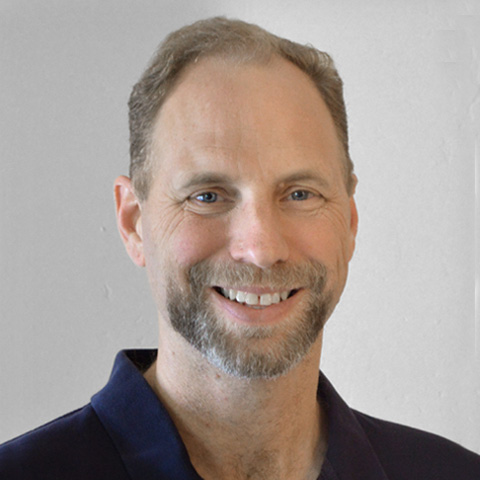
Thanks to a summer job at EPA—where I went into a frigid test cell in a parka at 5:00 AM each morning to prepare cars for emission testing—I became hooked on environmental work. After many years supporting EPA in developing several major air emission rules, I find it deeply gratifying to apply the knowledge I acquired to help reduce emissions in the United States and help other countries take similar measures to significantly reduce their pollution.
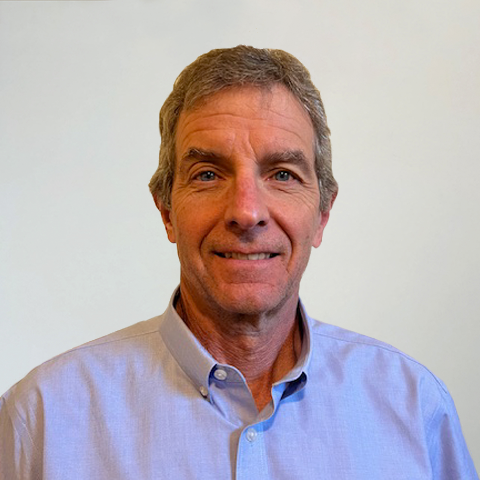
Throughout my career, first at EPA’s Office of Transportation and Air Quality and now with ERG’s clean transportation group, the best part of my work has been helping others—for example, by analyzing available data (which never seem to be ideal), explaining the results to technical and non-technical audiences in ways they can readily understand, and providing options for moving forward. It also seems to help if I try to listen more than I talk, not to take myself too seriously, and share a few laughs along the way.
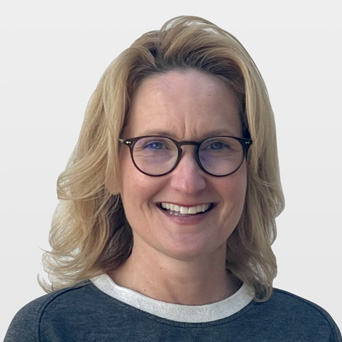
My favorite problems are the difficult ones—those sticky, multi-jurisdictional, multi-sector problems that require us to find new partners, develop new frameworks for working together, and be brave, humble, and kind. I love building frameworks that enable the person with the least amount of power and the person with the most amount of power to share their perspectives and contribute to solutions. Whatever the issue, my goals are to develop transparent, equitable, and effective solutions and to have fun along the way!
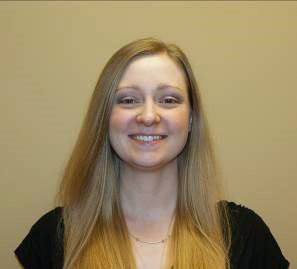
Improving global health demands innovative solutions and evolving perspectives. I thrive on developing cutting-edge methodologies and promoting novel insights made possible by advances in data quality, quantity, and availability.

I appreciate coming to work each day knowing my contributions are making a tangible difference in my community and across the United States. From helping community groups amplify their voices to developing digital tools and products, I love diving into the details to tell a meaningful story.
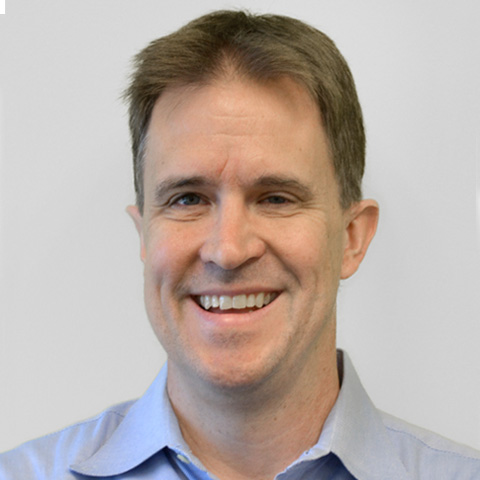
I feel incredibly fortunate to work at ERG with gifted colleagues on rewarding projects, supporting efforts that are important to me. ERG provides a wide range of opportunities, a respectful work environment, and the resources we need to help our clients achieve their objectives.
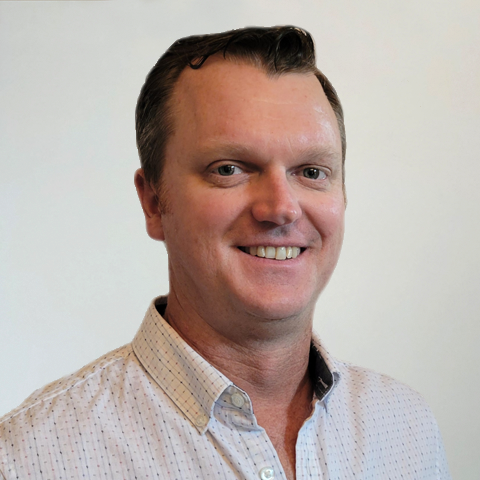
I have a passion for all modes of transportations. In my work with my ERG colleagues, we help minimize the environmental impacts associated with getting people where they need to go.